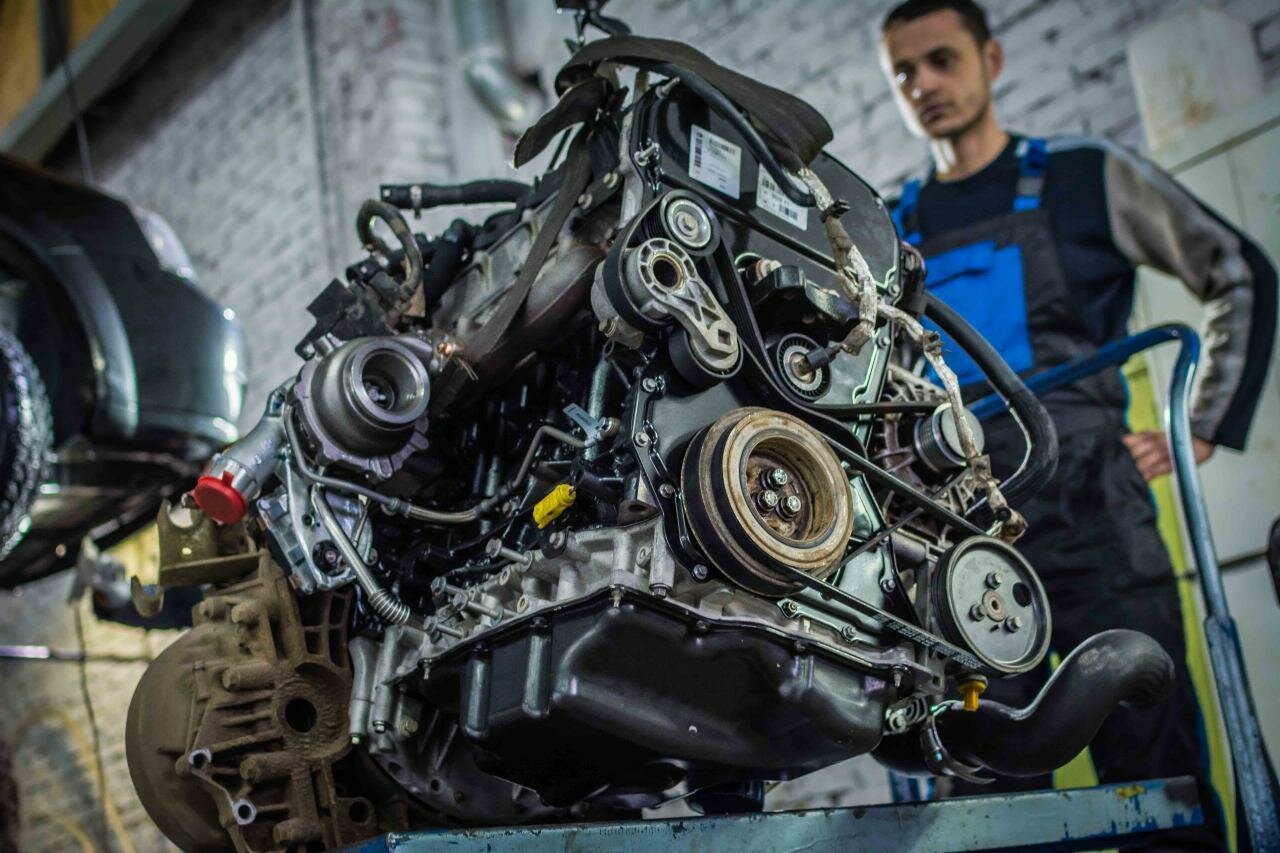Mazda RX-7 and the Rotary Engine: A Brief Overview
The Legacy of the RX-7
The Mazda RX-7, first introduced in 1978, has carved out a significant niche in automotive history, primarily due to its unique rotary engine design. Unlike conventional piston engines, the rotary engine employs a triangular rotor that spins within an epitrochoidal housing, allowing for a compact and lightweight powerplant. This innovative design not only reduced weight but also contributed to a high power-to-weight ratio, making the RX-7 a favorite among sports car enthusiasts and tuners alike.
Over its production run, which lasted until 2002, the RX-7 underwent several iterations, each improving on the last. The second-generation model, known as the FC, was released in the mid-1980s and gained popularity for its turbocharged variant, which offered impressive performance. The third generation, the FD, debuted in 1992 and is often heralded as one of the best sports cars of its era, thanks to its sleek design and potent twin-turbo rotary engine.
However, the RX-7’s rotary engine, while revolutionary, is not without its issues. Owners and enthusiasts have reported a range of problems that can arise from the unique characteristics of the rotary design. These issues can affect performance, reliability, and overall driving experience, making it crucial for potential buyers and current owners to understand the common pitfalls associated with this iconic vehicle.
In this article, we will delve into the specific problems that plague the Mazda RX-7’s rotary engine, providing a straightforward analysis of what to expect when dealing with this remarkable yet sometimes troublesome engine. Understanding these issues is essential for anyone looking to own or maintain an RX-7, ensuring that the joy of driving this legendary sports car is not overshadowed by avoidable mechanical failures.
Common Problems with the Mazda RX-7 Rotary Engine
The Mazda RX-7’s rotary engine is a marvel of engineering, but it comes with its own set of challenges. Understanding these problems is essential for anyone considering ownership or maintenance of this iconic vehicle. Below, we will explore the most common issues associated with the RX-7’s rotary engine.
1. Apex Seal Failure
One of the most notorious problems with the RX-7’s rotary engine is apex seal failure. The apex seals are critical components that maintain compression within the engine’s combustion chamber. Over time, these seals can wear down or break, leading to a significant loss of power and increased oil consumption.
Symptoms of Apex Seal Failure:
– Loss of power and acceleration
– Increased oil consumption
– Unusual engine noises
2. Oil Consumption Issues
Rotary engines are known for their unique lubrication requirements. They require oil to be mixed with fuel to ensure proper lubrication of the apex seals and other moving parts. However, excessive oil consumption can lead to a range of problems, including fouled spark plugs and increased emissions.
Common Causes of Oil Consumption:
– Worn apex seals
– Faulty oil injectors
– Improper oil mixture
3. Overheating
The RX-7’s rotary engine can be prone to overheating, particularly if the cooling system is not properly maintained. Overheating can cause severe damage to the engine, including warping of the rotor housings and damage to the apex seals.
Preventative Measures:
– Regularly check coolant levels
– Inspect the radiator and hoses for leaks
– Ensure the water pump is functioning correctly
4. Ignition System Problems
The ignition system in the RX-7 can also present issues. Faulty spark plugs, ignition coils, or wiring can lead to misfires, poor fuel economy, and reduced performance. Regular maintenance of the ignition system is crucial for optimal engine performance.
Signs of Ignition System Problems:
– Engine misfires
– Poor fuel economy
– Difficulty starting the engine
5. Fuel System Issues
The rotary engine’s fuel system can experience problems, particularly with the fuel injectors and fuel pump. Clogged injectors can lead to poor fuel delivery, resulting in a rough idle and decreased performance.
Symptoms of Fuel System Issues:
– Rough idle
– Stalling or hesitation during acceleration
– Decreased fuel efficiency
Symptoms and Consequences
Understanding the symptoms associated with these problems can help RX-7 owners take proactive measures to maintain their vehicles. Below is a summary table of the common symptoms and their potential consequences.
Top views |
|
|---|---|
 |
Oil, Timing Chains, Pistons: What Really Kills an Engine Prematurely? |
 |
How to Choose a Car with a Reliable Engine: Used Car Market Hacks That Actually Work |
| Symptom | Possible Consequence |
|---|---|
| Loss of power | Apex seal failure |
| Increased oil consumption | Worn apex seals or faulty oil injectors |
| Overheating | Engine damage, warped rotor housings |
| Engine misfires | Ignition system failure |
| Rough idle | Fuel system issues |
By being aware of these common problems and their symptoms, RX-7 owners can take steps to mitigate potential issues, ensuring a more reliable and enjoyable driving experience.




0 Comments